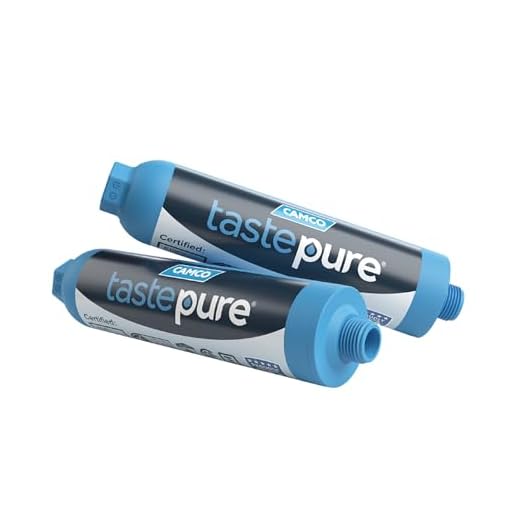


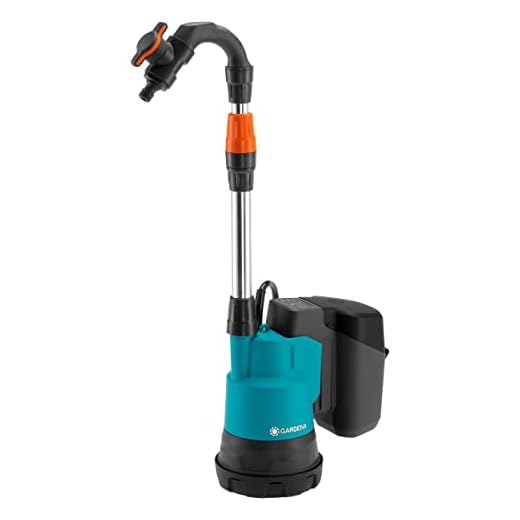
Yes, connecting a high-pressure cleaner to a rainwater cistern is feasible. Many models can operate well with this alternative water source. It’s essential to ensure that the water is relatively clean, as debris can clog filters and damage internal components. Utilizing a first flush system can help divert debris-laden water away before it enters the storage tank.
Choosing the right equipment is vital. Look for machines that specify compatibility with low-pressure or gravity-fed water systems. Some models come with adjustable suction capabilities, allowing them to draw water from various sources, including storage tanks. Additionally, consider adding a basic inline filter to your setup to further protect the motor and pump from unwanted particles.
Maintaining the cleanliness of your harvested water is key. Regularly inspect the storage tank for sediments and potential contaminants. A proactive approach can prolong the lifespan of your equipment and enhance its performance. Make sure to check your manufacturer’s guidelines and recommendations regarding the suitable water sources for optimal operation.
Understanding the Water Supply Requirements for High-Pressure Cleaning Devices
To ensure optimal performance, a minimum flow rate of 6-8 litres per minute is necessary for these cleaning systems. This ensures consistent water availability, allowing the appliance to function effectively without interruptions. A pressure rating of at least 20 PSI is also recommended to achieve satisfactory cleaning results.
Gravity-Feed Systems Versus Direct Connection
Gravity-feed systems from storage tanks can deliver adequate pressure when properly positioned. Elevating the tank above the ground level increases water flow due to gravitational force. Ensure the outlet hose remains clear and free from bends to maintain flow.
Water Quality Considerations
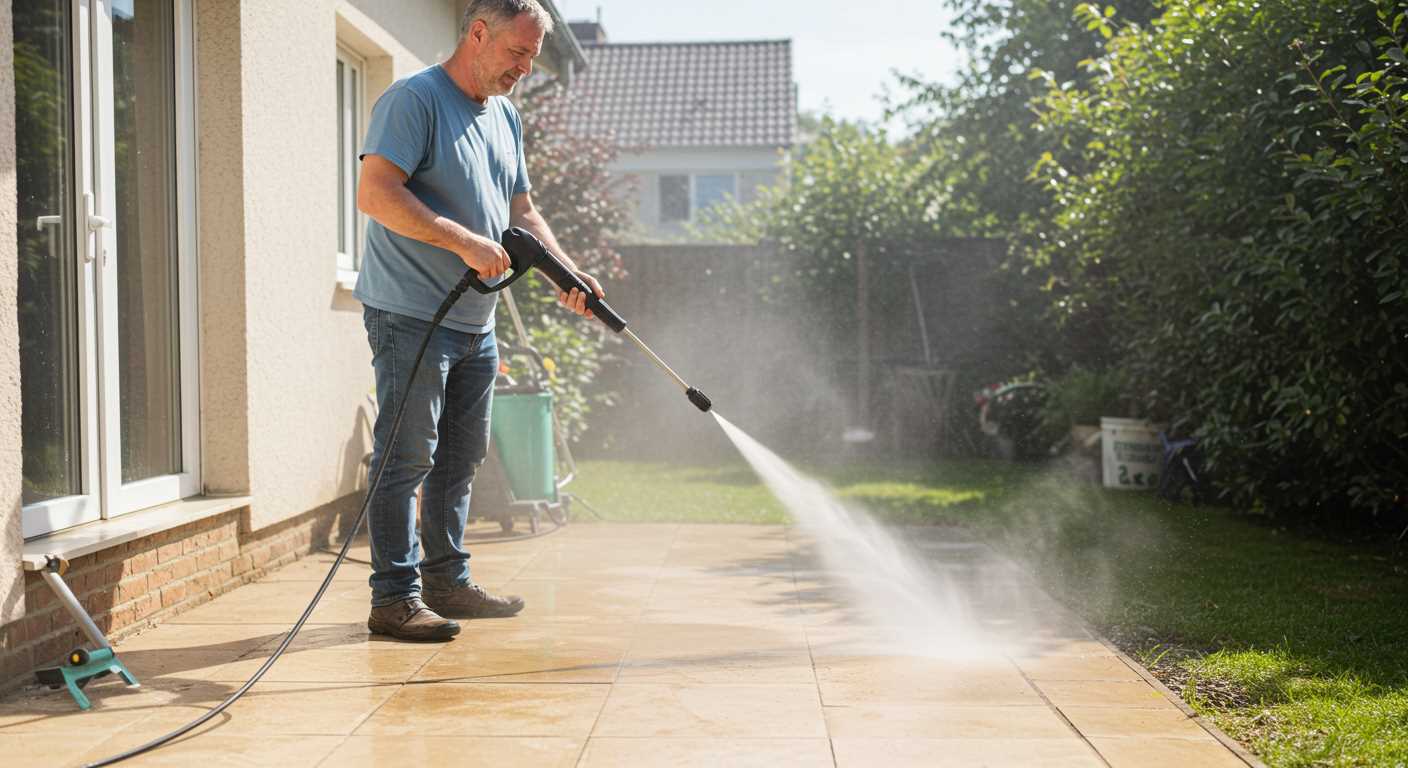
Clean water is paramount for preventing damage to internal components. Debris and sediment can clog filters and nozzles, reducing efficiency and increasing maintenance. Regularly inspect the supply source to ensure water quality meets standards, ensuring the longevity of the equipment.
Assessing the Water Butt Capacity for Pressure Washing Tasks
To ensure optimal functionality of your cleaning equipment, the capacity of the storage container needs careful evaluation. A minimum of 200 litres is recommended for effective outdoor cleaning. The larger the volume, the less frequently refilling will be necessary.
Key Factors to Consider
- Flow Rate: Determine the flow rate required by the equipment model. Most units operate effectively with flow rates between 6 to 10 litres per minute. Matching this with the container’s output is crucial for uninterrupted work.
- Available Pressure: The performance relies on pressure levels supplied. Insufficient pressure may result in poor cleaning results, so check the specifications of the cleaning device to match with the container’s output pressure.
- Height of the Container: The water container should ideally be elevated. This design aids in gravity-fed systems, allowing for improved water flow and pressure consistency.
- Water Quality: Ensure that the stored liquid is clean. Debris and contaminants can clog filters and damage the internals of the equipment.
Practical Tips for Maximising Efficiency
- Regularly check the storage tank for debris and clean the inlet filters.
- Consider connecting a pump for consistent water supply, especially if the tank capacity is low.
- Monitor usage patterns; keeping track of the frequency and volume of work can guide future container selection.
Efficiently assessing the container’s volume and compatibility with your chosen cleaning apparatus can lead to effective results and time savings during outdoor tasks.
Connecting a Pressure Washer to a Water Butt: Step-by-Step Guide
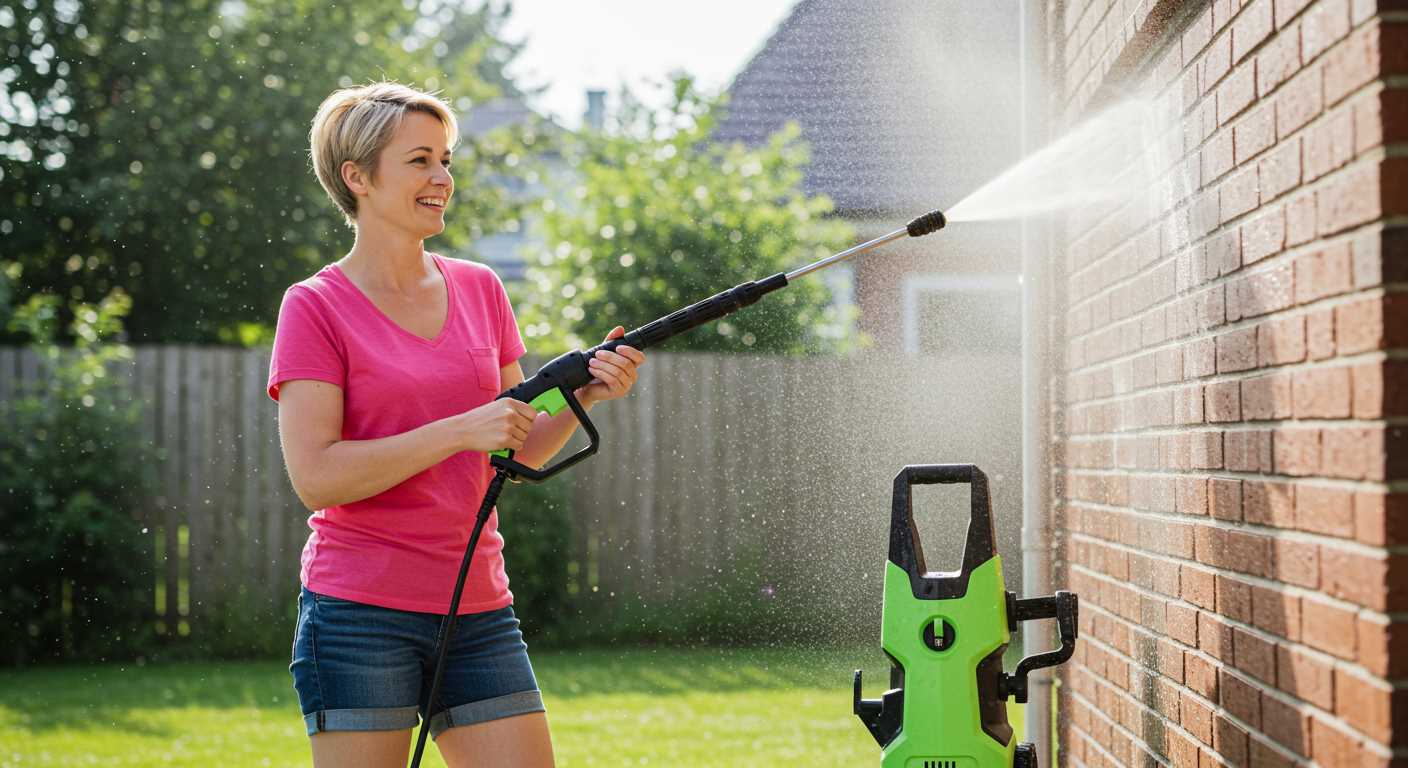
Begin by ensuring the collection container is clean and free from debris. Sediment can clog the inlet filter of the cleaning machine, leading to issues during operation.
Required Tools and Materials
Gather the following items: a suitable hose, an appropriate adapter for your cleaning device, a clamp, and a strainer. A garden hose that fits the water container outlet will typically suffice. Check the specifications of your equipment for compatibility.
Step-by-Step Instructions
1. Attach the Adapter: Secure the adapter to the outlet of the collection container. Ensure a tight fit to prevent leaks.
2. Connect the Hose: Fasten one end of the connector hose to the adapter. The other end should attach to the inflow socket of the cleaning unit. Use a clamp to guarantee a secure connection.
3. Install the Strainer: Position the strainer on the inlet side of your hose. This will prevent larger particles in the collection container from entering the machine and causing blockages.
4. Check for Leaks: Before powering on, inspect all connections for any potential leaks. Tighten any loose fittings as necessary.
5. Start the Equipment: Once all connections are secure, turn on the cleaning device and monitor its performance. Adjust the water flow if necessary to maintain optimal operation.
Following these steps will ensure a smooth and effective connection between the cleaning device and the collection system, making outdoor tasks more manageable.
Potential Challenges of Using a Pressure Washer with Stored Rainwater
One significant challenge of operating a high-pressure cleaner with collected rain is water quality. Rainwater may contain contaminants like dirt, debris, and organic matter, potentially clogging filters and affecting performance. Regularly inspecting and cleaning the inlet filter is essential to maintaining optimal function.
Another issue arises from the storage system itself. Water butt structures can vary greatly in size and shape. If the reservoir does not have an adequate capacity or connection points, it can lead to interruptions in water flow, especially during demanding tasks. Ensure that the capacity is sufficient for the job at hand.
Pressure Variations
The pressure generated by these cleaning devices typically relies on a stable water source. When relying on a rainwater collection system, pressure fluctuates based on the water level and quality. This inconsistency may lead to ineffective cleaning results, as the desired pressure might not be maintained throughout the job.
Temperature Considerations
Stored rainwater can often be colder than tap water, which can affect cleaning efficacy, particularly for greasy or stubborn stains. A rise in water temperature might enhance cleaning power, which is typically not achievable with chilled rainwater.
| Challenge | Impact | Solution |
|---|---|---|
| Water Quality | Clogs filters, impacts performance | Regular cleaning of filters and pre-treating water |
| Storage Limitations | Flow interruptions | Check capacity and system compatibility |
| Pressure Fluctuations | Ineffective cleaning | Monitor water levels and usage |
| Water Temperature | Reduced cleaning efficacy | Consider preheating or using a warm water option |
Addressing these challenges can lead to a much smoother and more effective experience when using a cleaning device supplied by harvested rainwater.
Maintenance Tips for Your Pressure Cleaner When Using Rainwater
Maintain the equipment in top shape by regularly flushing it with clean water after each use. Rainwater can contain organic debris and sediment that may cause clogs or damage internal components. A simple rinse helps prevent build-up.
Regular Inspection
Inspect hoses and fittings for any signs of wear or leaks before connecting to a rainwater source. Replace any damaged parts immediately to avoid further complicating issues during operation.
Filtration System
Incorporate a filtration system between the rainwater collection point and your device. This can significantly reduce the risk of impurities entering the unit, enhancing longevity and performance. Clean or replace the filter frequently based on usage conditions.
Alternatives to Water Butts for Pressure Washing Solutions
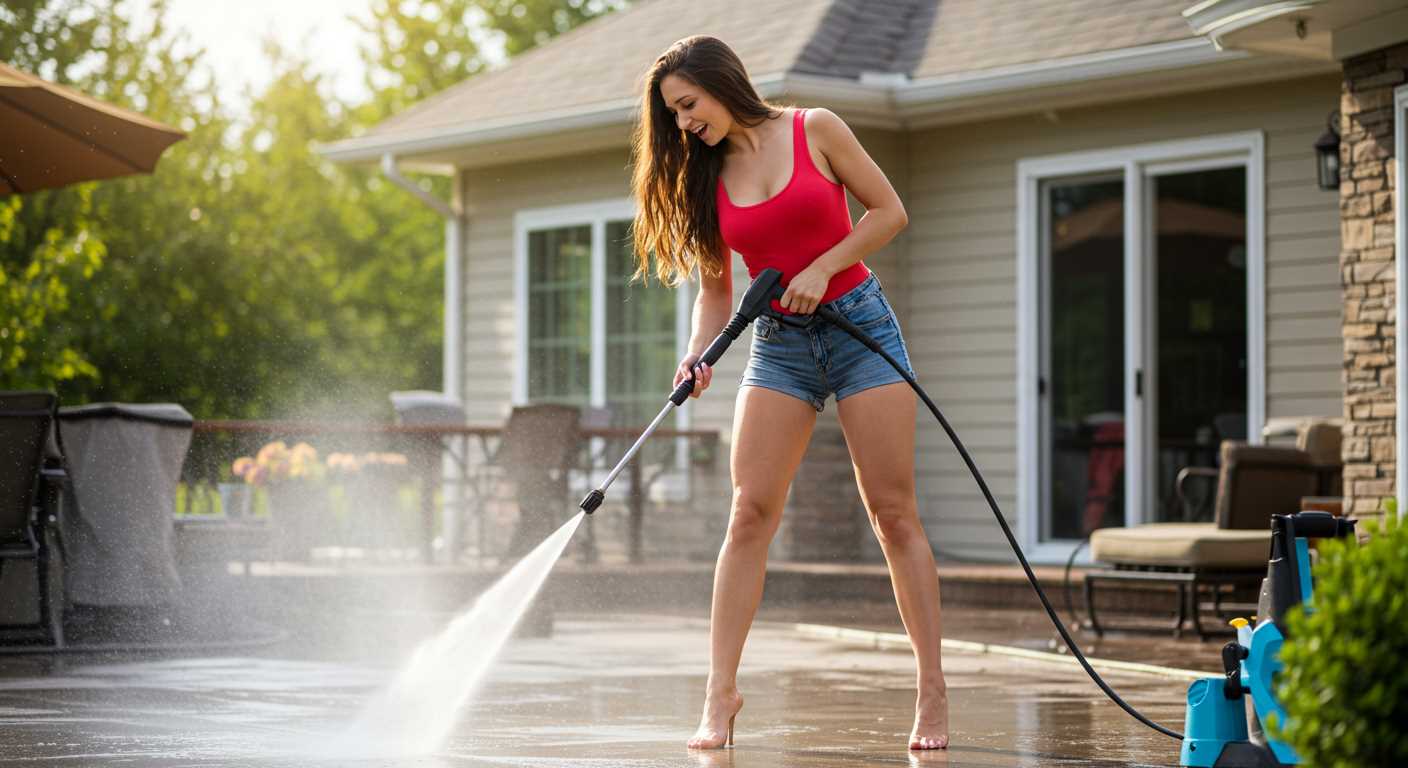
Explore alternative water sources like garden taps, hoses connected to outdoor mains, or dedicated water tanks. Each option offers its own benefits depending on the context of your cleaning tasks.
Garden Taps
Using a garden tap is highly recommended for its convenience and efficiency. Ensure the connection fits securely to avoid leaks. This source typically delivers a consistent flow rate, making it suitable for larger cleaning jobs without interruption.
Dedicated Water Tanks
Investing in a standalone water tank can be advantageous, particularly for those in remote areas or those aiming to collect and store rainwater expressly for outdoor cleaning. These tanks can be equipped with proper filtration systems to maintain water quality, providing a reliable alternative to existing rain collection systems.
Evaluate the sizing and installation requirements carefully to ensure compatibility with your chosen cleaning apparatus. A proper setup can extend the lifespan and performance of the equipment used.


